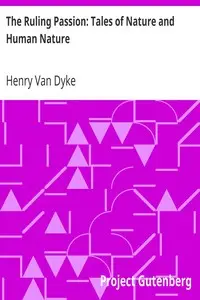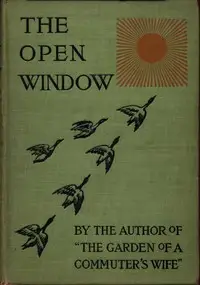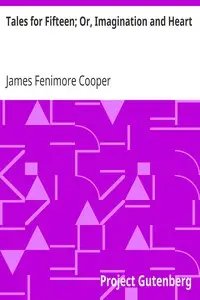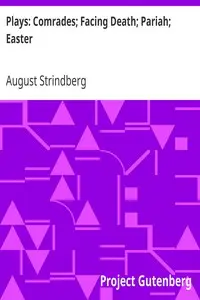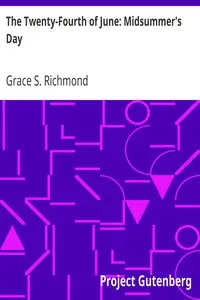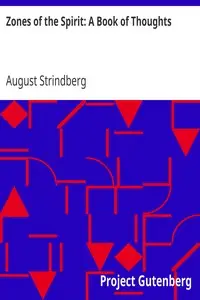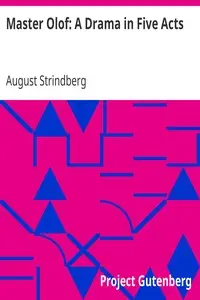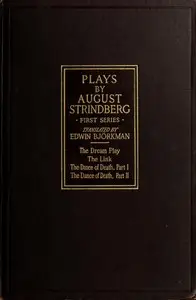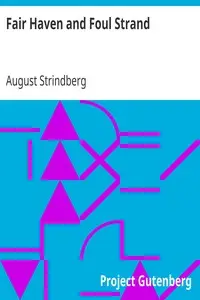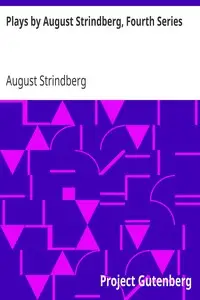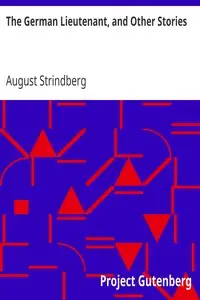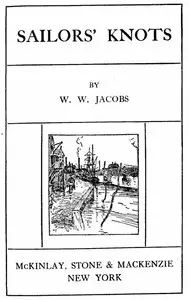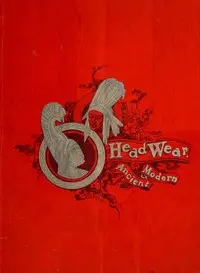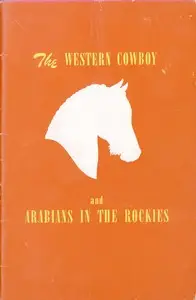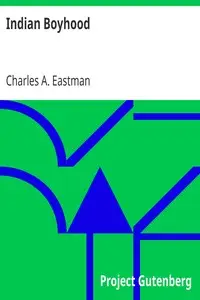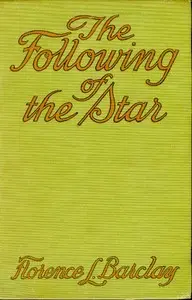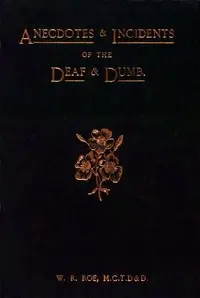"In Midsummer Days, and Other Tales" by August Strindberg is a compilation of short stories from the late 1800s, which examines life, love, and what makes us human, featuring diverse characters in detailed situations reflective of both their feelings and situations. The collection starts with a ninety-year-old grandmother, setting the scene to observe the short-lived nature of life and the link between what's real and what we imagine. The collection begins on Midsummer Eve, as the old woman watches the loveliness of nature outside her window through magical, colorful glass that alters how she views the world. Important characters emerge, like a farmer with his brother who are deep in everyday problems, and a young mother with her daughter experiencing their hardships as she remembers her life and how what surrounds her has constantly changed. This start makes a nostalgic tone and the mix of regular life with more profound philosophical considerations of joy and purpose, displaying the intricate lives that Strindberg is recognized for showing across all his writing.
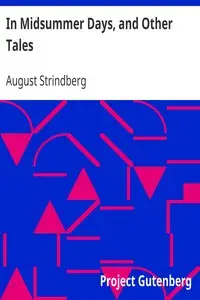
In Midsummer Days, and Other Tales
By August Strindberg
An elderly woman's reflective observations on Midsummer's Eve intertwine with the lives of farmers and young mothers, revealing the beautiful and challenging aspects of human existence.
Summary
About the AuthorJohan August Strindberg was a Swedish playwright, novelist, poet, essayist, and painter. A prolific writer who often drew directly on his personal experience, Strindberg wrote more than 60 plays and more than 30 works of fiction, autobiography, history, cultural analysis, and politics during his career, which spanned four decades. A bold experimenter and iconoclast throughout his life, he explored a wide range of dramatic methods and purposes, from naturalistic tragedy, monodrama, and historical plays to his anticipations of expressionist and surrealist dramatic techniques. From his earliest work, Strindberg developed innovative forms of dramatic action, language, and visual composition. He is considered the "father" of modern Swedish literature and his The Red Room (1879) has frequently been described as the first modern Swedish novel. In Sweden, Strindberg is known as an essayist, painter, poet, and especially novelist and playwright, but in other countries he is known mostly as a playwright.
Johan August Strindberg was a Swedish playwright, novelist, poet, essayist, and painter. A prolific writer who often drew directly on his personal experience, Strindberg wrote more than 60 plays and more than 30 works of fiction, autobiography, history, cultural analysis, and politics during his career, which spanned four decades. A bold experimenter and iconoclast throughout his life, he explored a wide range of dramatic methods and purposes, from naturalistic tragedy, monodrama, and historical plays to his anticipations of expressionist and surrealist dramatic techniques. From his earliest work, Strindberg developed innovative forms of dramatic action, language, and visual composition. He is considered the "father" of modern Swedish literature and his The Red Room (1879) has frequently been described as the first modern Swedish novel. In Sweden, Strindberg is known as an essayist, painter, poet, and especially novelist and playwright, but in other countries he is known mostly as a playwright.

